“They really should have built that.” If you’re a car enthusiast, you’ll remember a bunch of times you’ve been disappointed by car companies that teased you with exciting concept cars and then proceeded to just mothball them. They remain today only in dog-eared images from auto shows with models posed beside them wearing now-dated looking costumes.
No, I’m not talking about those “concepts” that are just next year’s production car thinly disguised with some funky wheels and ground effects. I’m also not referring to some hopelessly unrealistic glass cube on wheels with a flower bed on top as you might see at the Tokyo show. The lamented concepts are the ones that looked good and so close to being production-ready; you just knew that if they hit dealerships in a form close to what was shown on the turntable that they’d change to course of that brand and even automotive trends dramatically. Sadly, that never happened.
Nissan once showed us just such a concept, a now-forgotten design that might have pushed the former Datsun brand into unheard of markets in the same way the 240Z had done for them a decade before.
Show Cars That Became No Cars
While I do have a soft spot for the nuclear-powered Batmobile-looking visions the Big Three pumped out in the fifties, there were two other eras that produced a plethora of shoulda-coulda-woulda designs. One such time frame was the mid-sixties through the early seventies. The great styling houses of Bertone and Pininfarina displayed many glorious wedge-shaped ideas that, with some necessary tweaks, could and should have been more than just one-offs. I’ve explored how that might have happened with the Bertone Sibilo (which I turned into a next generation Volvo P-1800 sports coupe) or the Stratos (that I inexplicably transformed into a Cybertruck body kit).
The other prime years for so-close-to-showroom concept designs were the mid-nineties to the early 2000s, an era that produced stunners including the Bertone Lancia Kayak and Alfa Sportut (which I made into a Mitsubishi “halo” brand called Ultima).


While many cool concepts emerged from these two “golden ages,” we mustn’t sleep on some of the lesser-known examples from the times in between. One show car that has earned my attention in that mode is the NX-21, unveiled by Nissan at the 1983 Tokyo Show.
Unlike the often over-the-top ideas seen at this show, the NX-21 was rather restrained, and it wasn’t even a vision that came from Japan. Thomas Semple, then-president of Nissan Design America, was reportedly tasked with creating a futuristic concept for the next generation EXA (known as the Pulsar NX in the US).
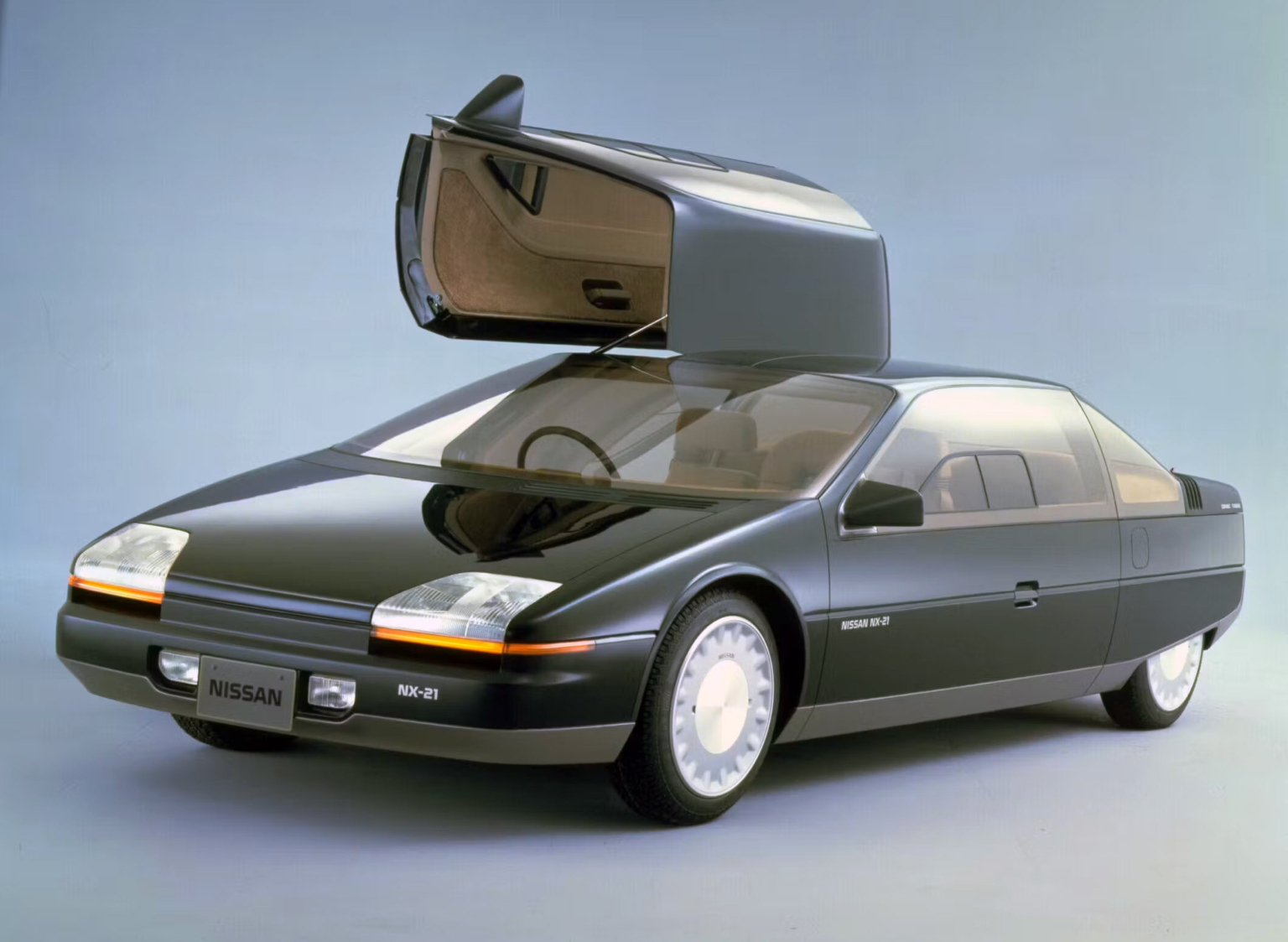
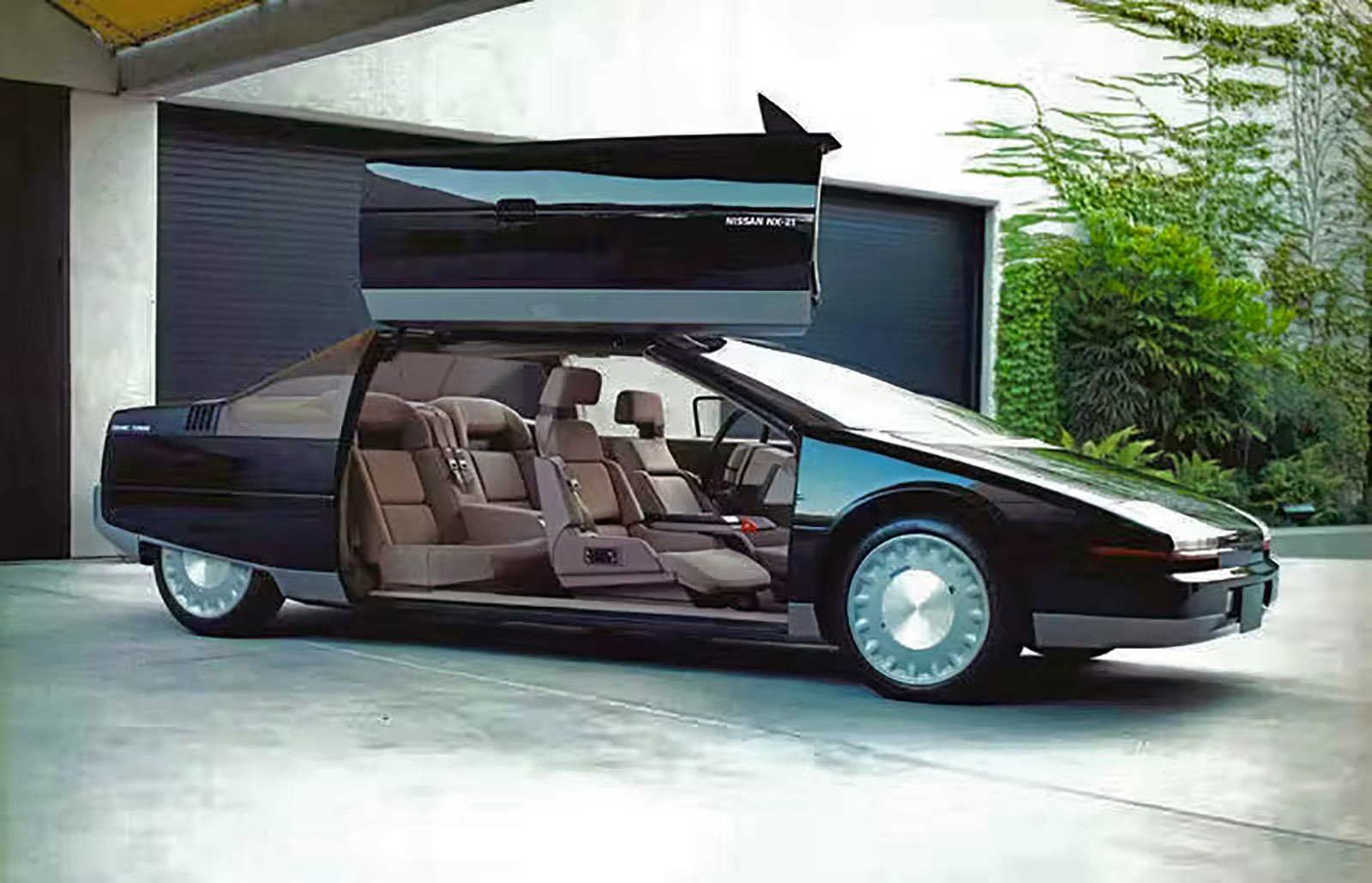
The NX-21 was mid-engined with a powerplant fancifully described as being a “ceramic gas turbine that could run on gasoline, diesel, alcohol, or kerosene” capable of generating a claimed 100 horsepower. What? It’s far more likely the NX-21 had no engine – and I must say, if you have a nonexistent fabrication of a motor in a show car, why not just say that it has like 1000, 2000 horsepower? Anyway, I do like that the NX-21 was a midship four-seater, something that only the Ferrari Mondial seemed to come close to accomplishing in production.

The four-place layout required a long wheelbase, and the NX-21 stretched 117 inches from wheel to wheel – the same as a Panther-body Lincoln Town Car! The concept Nissan’s overall length was shorter than that overhang-heavy, full-sized American barge, but it’s safe to say that this thing was big. And at only around 50 inches in height, it was win-a-limbo-match low.
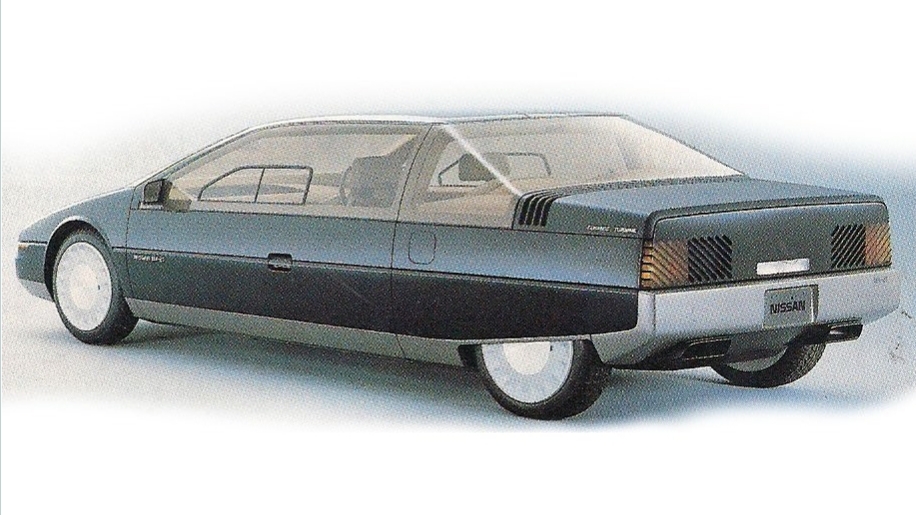
Other than the funky angular-slotted taillights and overall shape of the C-pillars, the NX-21 really didn’t preview the style of the new-for-1987 Pulsar NX. That car became a much more compact, modular targa-topped sports coupe/shooting brake that was an ultra-slick and innovative production car in its own right.

What that meant is the concept of a low-slung, long-wheelbase mid-engined Nissan simply withered away and died. Nissan did, however, tempt us with a few midship sports car visions during this decade, such as the MID4 of 1985. Featuring a VG30DE V6, the MID4 would have rivaled Toyota’s own MR2 and Honda’s later NSX. Actually, those cars might have been upstaged by the Nissan since, true to the number in the name, the MID4 had “four wheel everything”. That meant all-wheel drive and four-wheel steering with the HICAS system that would later appear on the Skyline and Z32 300ZX.

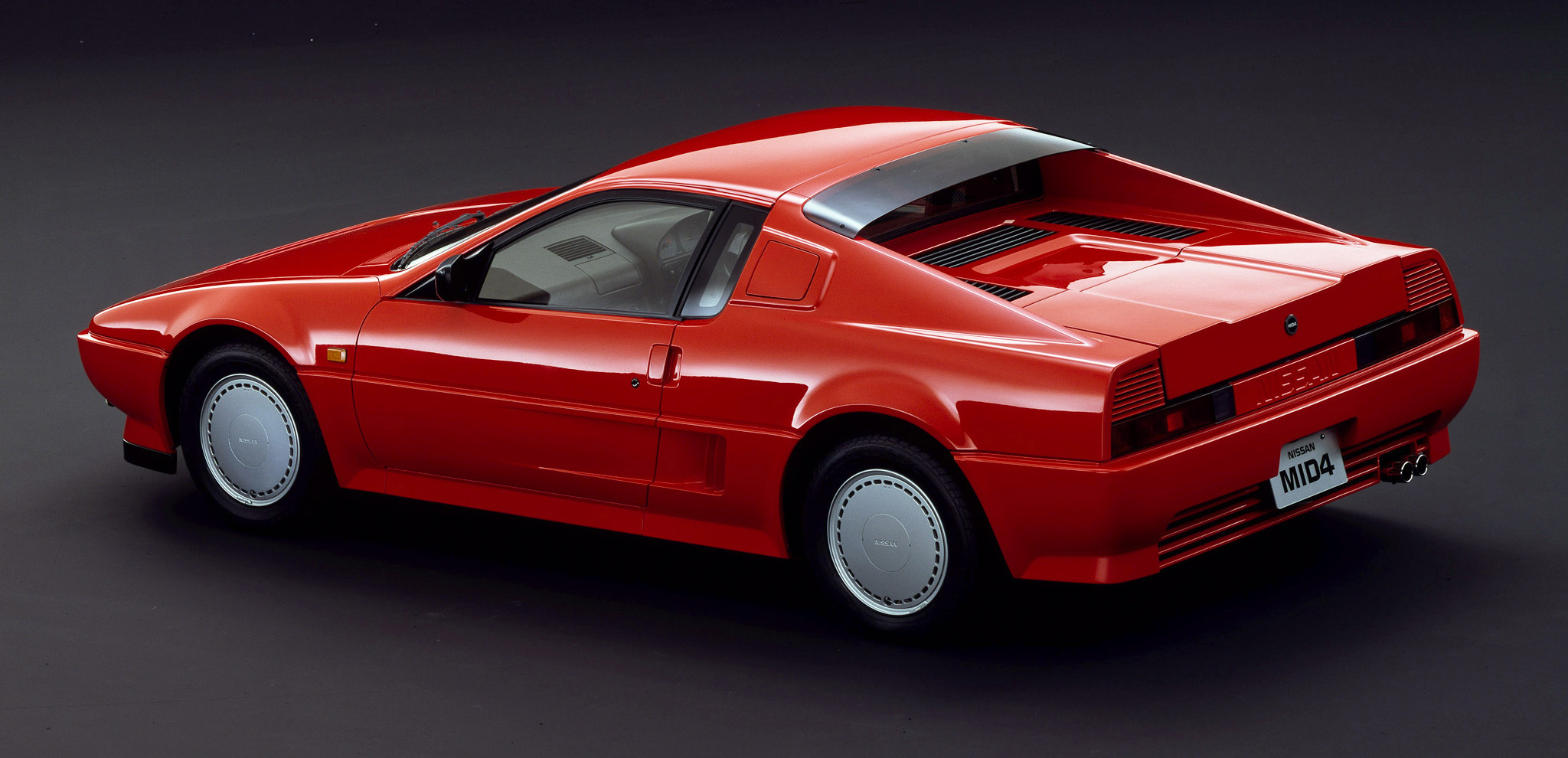
Nissan even made a second generation of the MID4 concept that was displayed two years later.

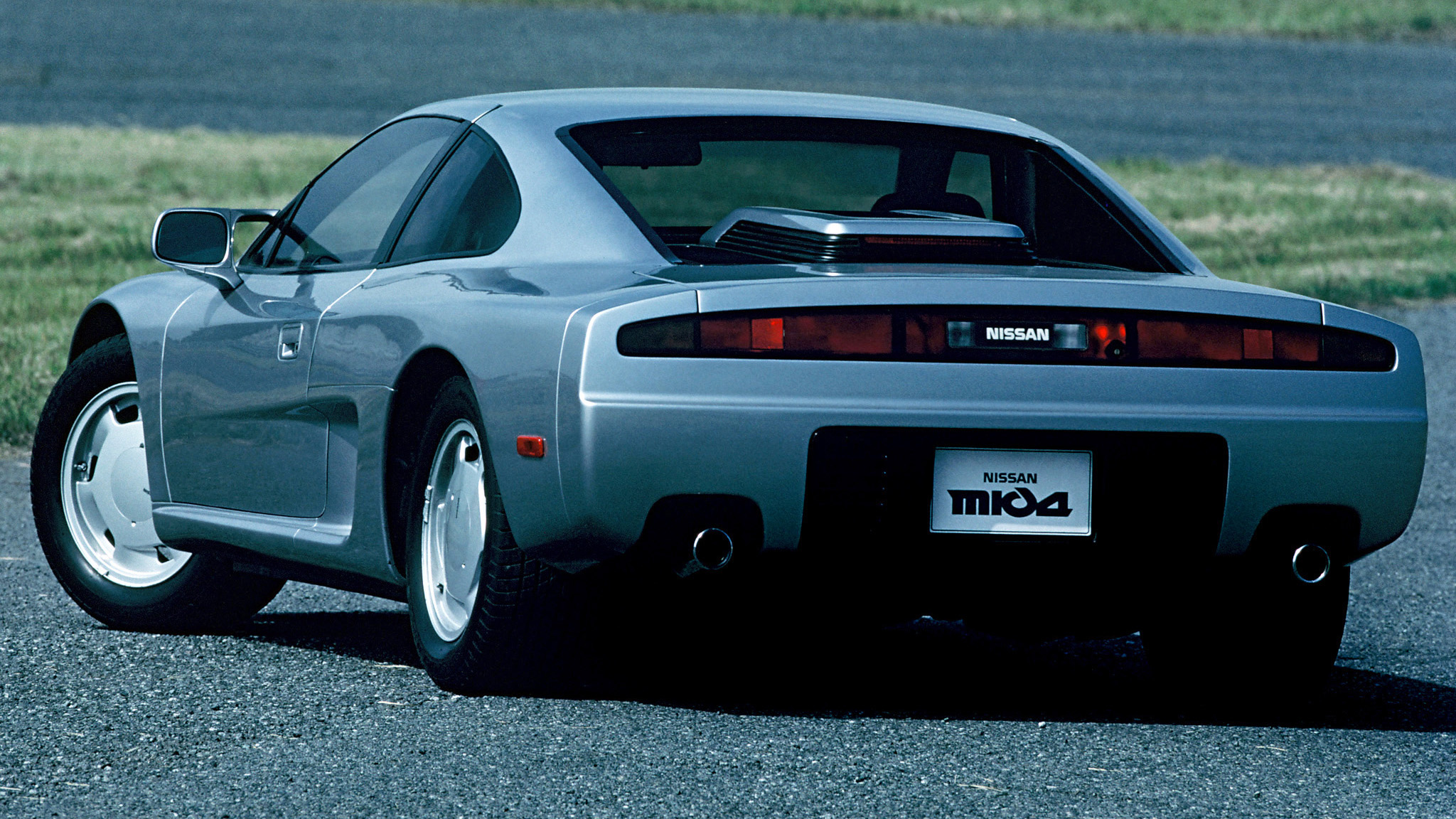
Despite the cars being fully running and driving prototypes that could have been easily green-lit, Nissan chose to not pursue either MID4. Some reports stated that they didn’t drive particularly well, and I have to say I’m not a huge fan of the styling. The first one looks a bit like a Ferrari Boxer body kit on a Fiero, and the second is like the controversial Testarossa put in a blender with the rather bland NSX. The front-engined 1990 Z32 300ZX that carried the torch for Nissan a few years later was a much more distinctive, taut, and original design.
The NX-21 concept was a standout shape that didn’t look like any Japanese, European, or American car on the road. Indeed, the angular style actually appears to be a bit like something that Hyundai would put onto a new car today. Let’s take a look at how this underappreciated show car might have become a real-world-usable exotic, a flagship to push the company formerly known as Datsun into the bright future imagined by the 1980s.
Imagine Datsun Voice Guy Talking About This Thing
Thankfully, the changes I’d propose to “productionize” the NX-21 and make it into the range-topping limited production “Forza 3500X” luxury sport touring coupe would keep the crisp, futuristic essence of the concept while improving upon it. The mid-engine layout would remain, but I’d substitute the odd vaporware non-existent powerplant of the show car with a Z-car V6. I’d want to add twin-turbos like the later 1990 Z32 had, though the addition of intercoolers and maybe bored-out cylinders would give us the 350 or so horsepower I’d want at a minimum. A manual or automatic transaxle could be similar to what was used with a similar motor in the front-wheel-drive ’85 Maxima. To really compete with Italian exotics, a V8 and even all-wheel drive like that of the MID4 would be welcome later additions.
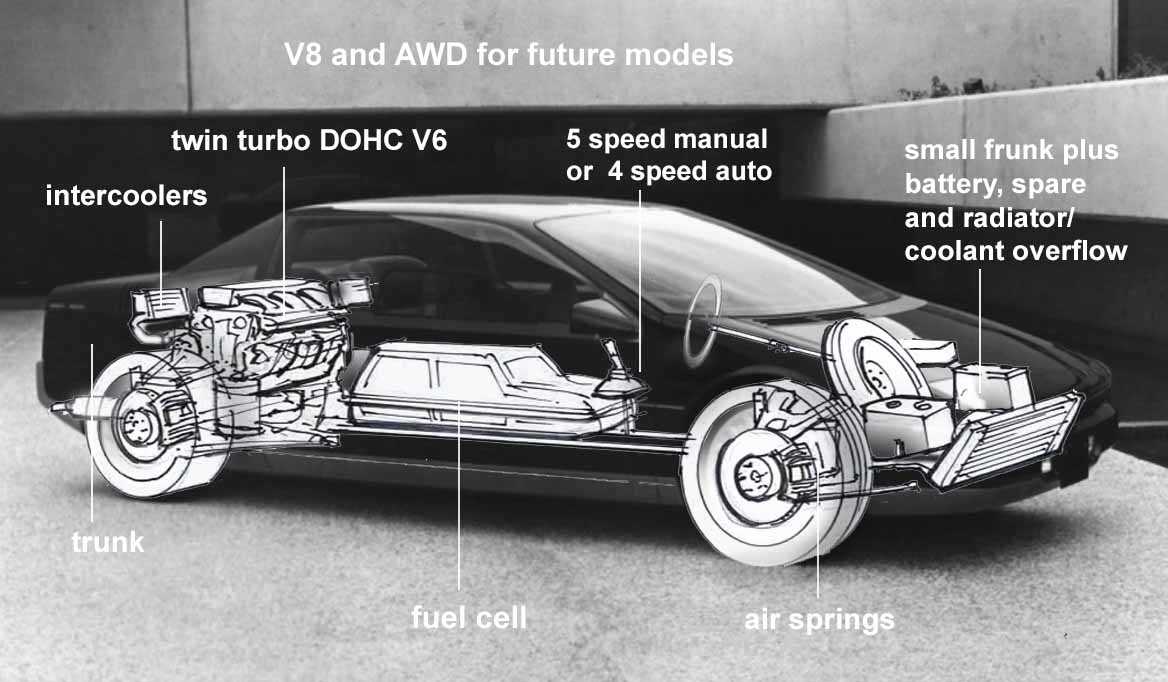
In my alternate reality, the massive gullwing doors would not make it to the Nissan showroom, as the Forza could make do with two long doors. For a mid-engined four-seater, the rear seats are actually rather usable, so it would be a shame to hinder access to them. Nissan could have added flip-out “Dutch doors” behind the main ones in a manner similar to old Saturn coupes or a Honda Element. The clear composite lights would have been legal in America by 1984, but my alternate-universe Nissan’s neo-exotic would have the “sleepy eye” look of the Z31 300ZX, with lift-up covers over sealed beams allowing drivers “flash to pass” with the exposed parts of the lights. Beyond pushing the bumpers out a bit for the US and flaring the rear arches ever so slightly to accommodate steamroller-sized rubber, the Forza 35000X would stay pretty true to the original show car.
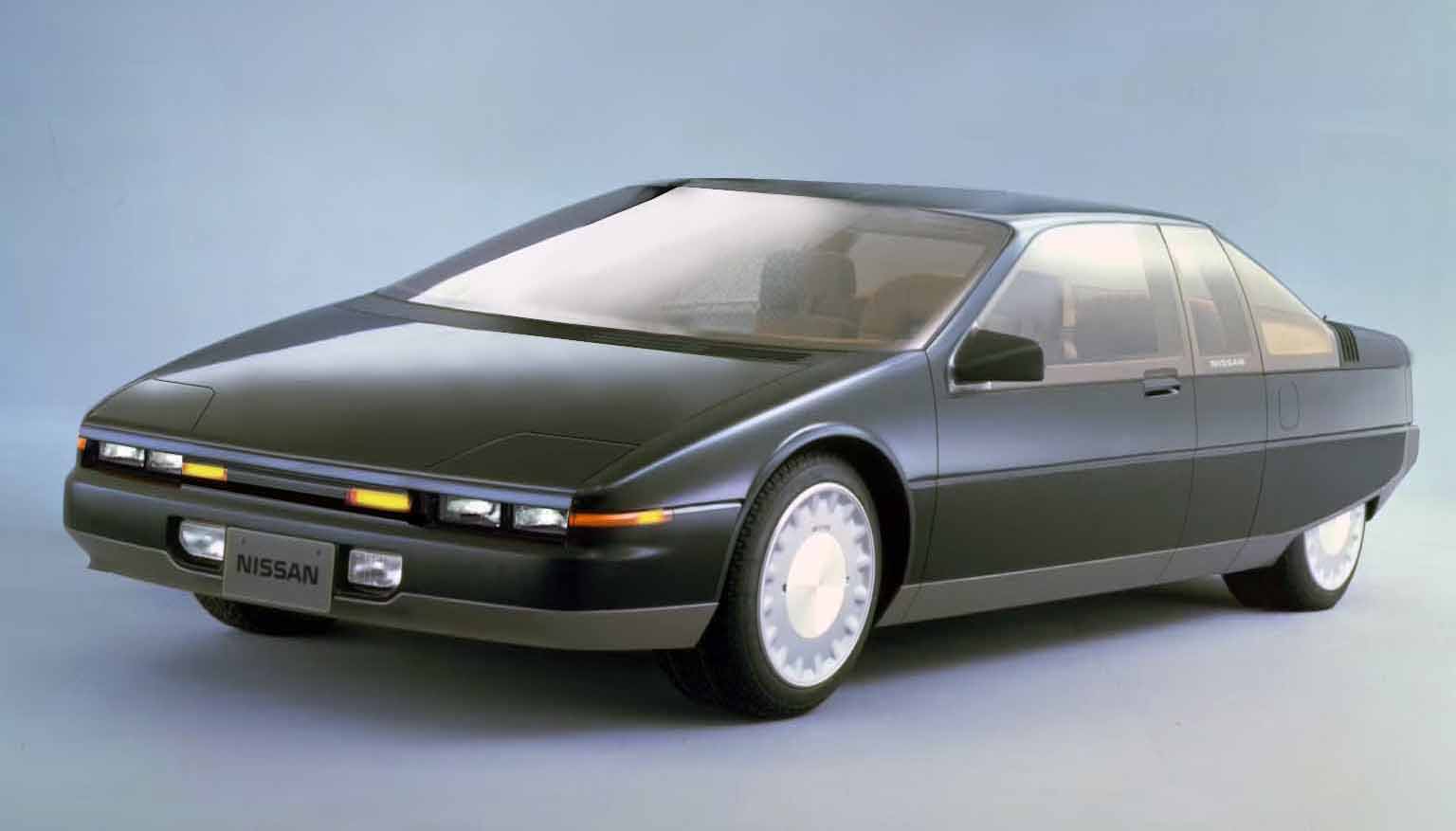
In back, the concept’s zig-zag taillights are indeed cool, but somehow I’d rather save them for the second-gen Pulsar. Honestly, a high-powered GT would have looked better with sunken blacked-out full-width taillights in a tail section that could have bumped out to give more trunk space and meet those pesky NHTSA bumper regs. I’m thinking the rear trunk lid would have needed to either include the rear glass or that would have had to lift separately to allow (rather poor) access to the motor. Yes, you’d need to do a lot of work with the thing jacked up, wheels and splash guards off. Slots at the base of the rear window would have been functional air inlets to the motor and intercoolers. I’m wondering if the trunk lid might have hidden a concealed spoiler as well to lift up above 60 miles and hour. Pardon the resolution of the image below; this is all that I could find online of a rear view of the nearly forgotten NX-21.
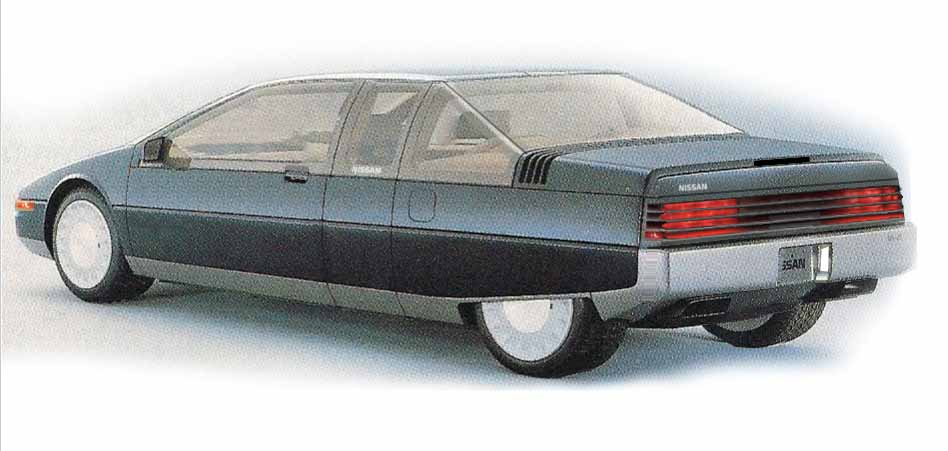
If this thing had dropped into 1985 America, it would have stopped traffic and made even a Testarossa look a bit dated. Despite being futuristic, it’s still a rather clean and understated design. Better yet, you’d have had something no exotic of the era did: a practical, spacious, and comfortable interior.
We Don’t Need No Stinking Screens
Inside is where the NX-21-turned-Forza would really have excelled as a full four-passenger exotic sports machine. The fuel cell running down the middle of the car would have raised that center console from what you see here, but that’s not a huge detriment.
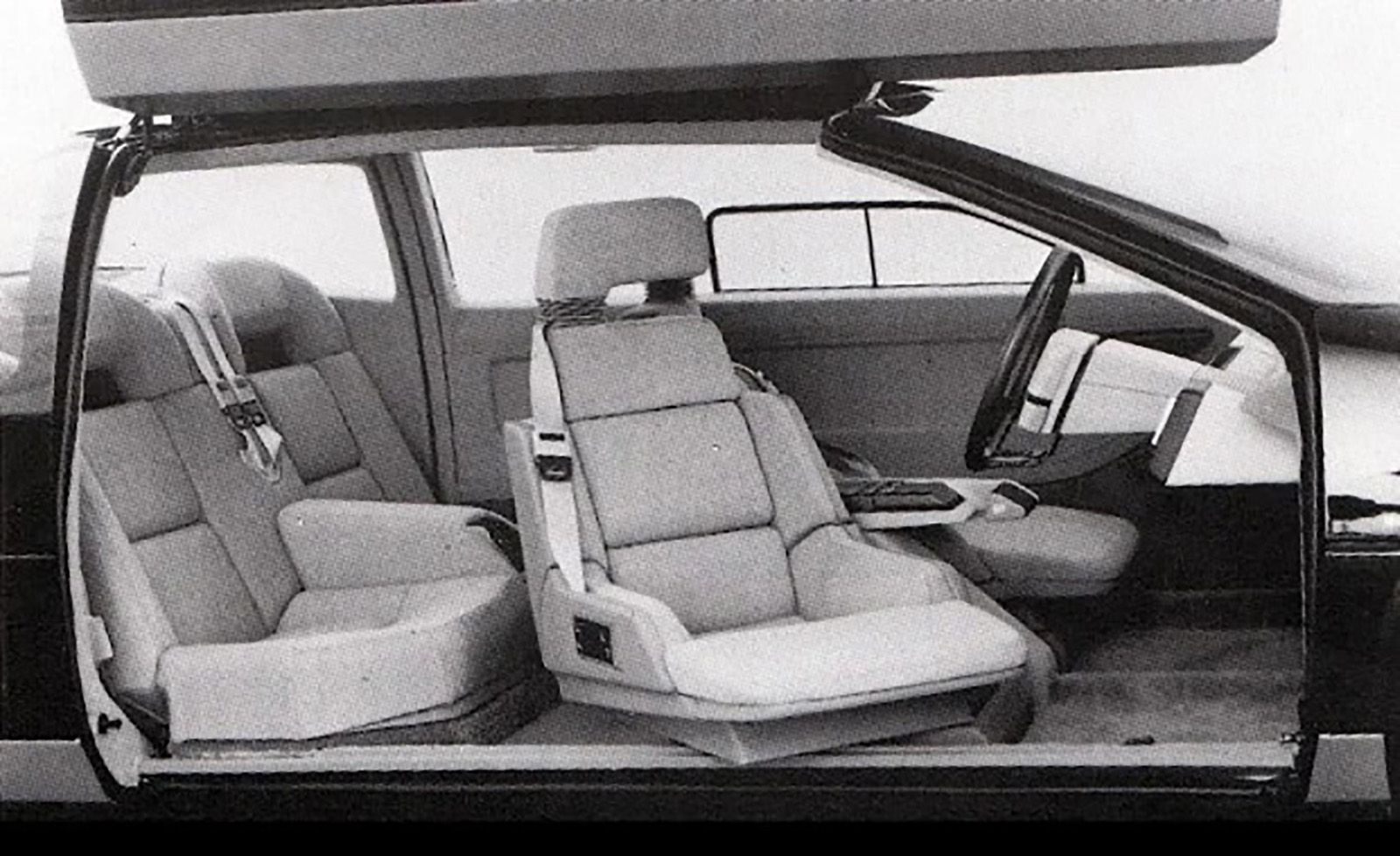
The NX-21 concept featured some technology that was ahead of its time, including a back-facing camera instead of a rear-view mirror and another monitor in the dash center, which was supposed to be a touchscreen.
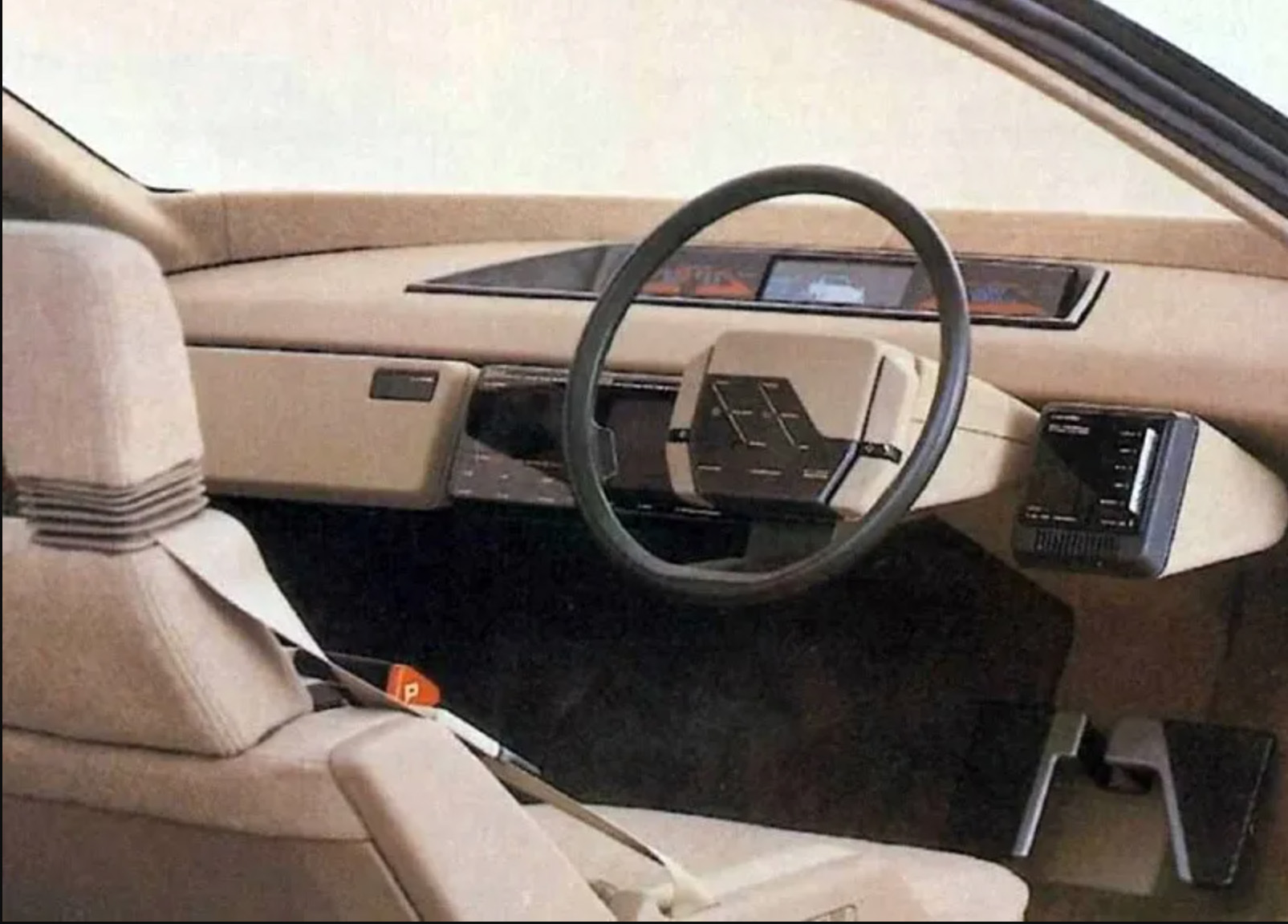
Gear selection was by push buttons, and putting the thing into Park involved something that looked a bit like how I imagine an on/off switch at a nuclear power plant is configured:

The touch screen idea sounds like what Buick gave us a few years later with the 1986 Riviera. They can keep it.
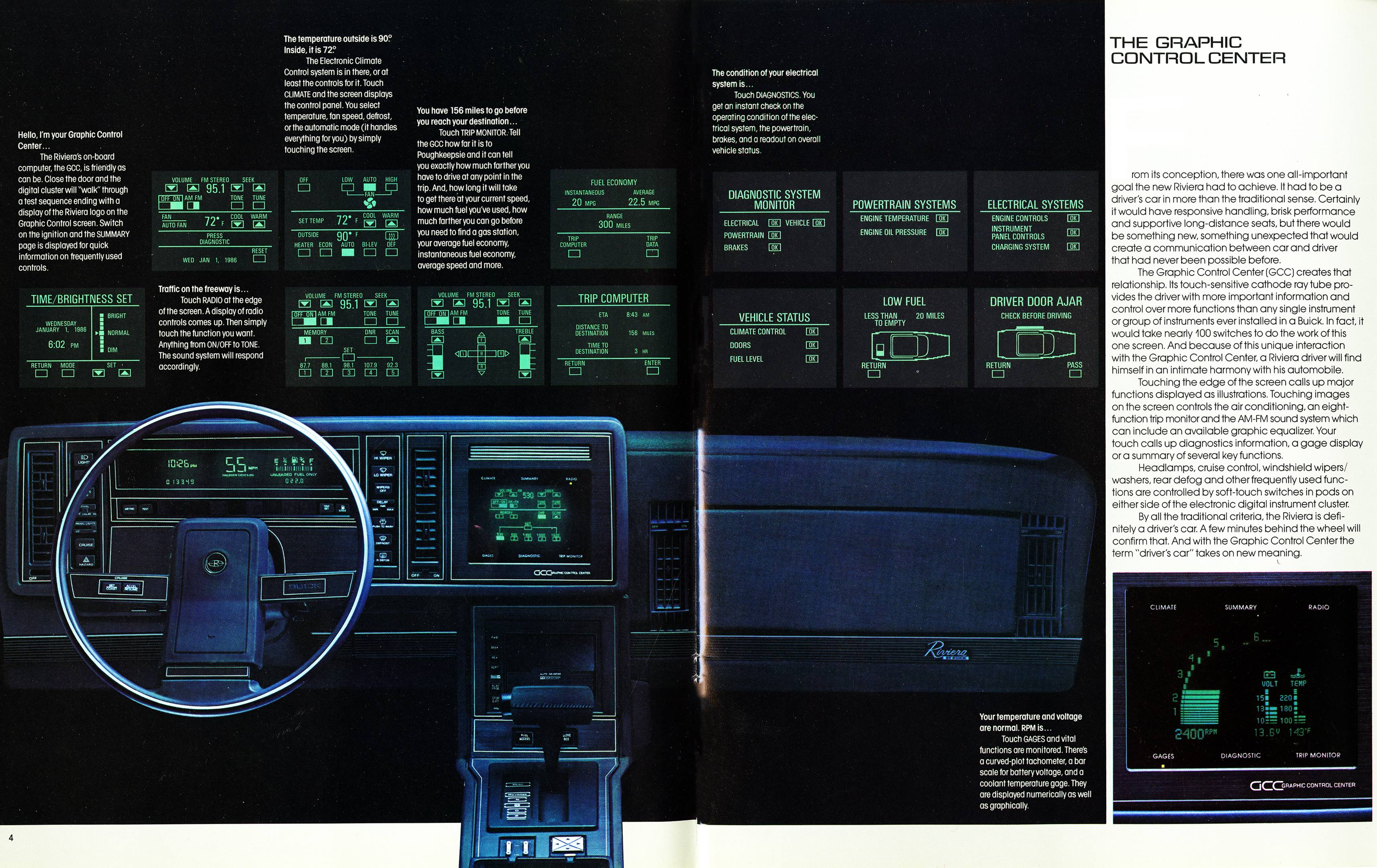
The Forza’s interior would have been very similar to the NX-21, but with some simplification. You’ll note that front and rear defrosters could have been controlled by fingertip switches next to the steering wheel, and the travel computer display buttons sat on a little panel that flipped down like a door to reveal a keypad to type in distances or other data (remember, if you were taking a 400 mile trip you needed to actually type that into the system). Forget the weird gear selector on the NX-21; the Forza would have had a standard Z-car style shifter here.
In my alternate reality, when the Nissan interior developers modified the NX-21 to be the production Forza, they decided that the rear-view camera would never pass US laws and that a CRT was a bad idea. “Can you imagine having to cycle through screen after screen to find what you want to control?” Actually, as a person of 2025, you can very well imagine how bad the screen disease could become, but the alternate universe Nissan California designers had a different idea.
SIMTAC To The Rescue
In trying to make a control system that functioned like a screen before the technology really existed for such things, the imaginary Nissan designers landed on something that might actually have functioned better. Called SIMTAC (Switchable Interface Multi Task Automotive Controls), it would use old-school technology to eliminate endless screens or dozens of ant-sized buttons on the dash.
Think about it: how many controls do you really use every day? Not many, right? Imaginary eighties Nissan knew this and designed SIMTAC accordingly. First, there are giant button controls for radio volume and cabin temperature (repeated on the steering wheel) at the top of the center stack. Below that are eight enormous push-with-your-thumb-if-you-want-to buttons and blacked-out clear panels above and below.
In default mode, the eight big buttons are radio presets and tuning. Push the AUDIO button next to the volume controls on top, however, and the SIMTAC lights up a different row of button callouts as the function of those eight buttons changes, now offering additional audio controls like bass and treble. Seriously, how often do you touch these anyway? Like once when you buy the car and turn the bass up until the interior trim vibrates, right? Or is that just me? What did you say? I can’t hear you.
Hit the CLIMATE button once or twice, and the other rows of lighted callouts illuminate, letting you adjust the HVAC system manually with those same eight buttons, but you’d rarely ever do that. Just set it to AUTO and then let it do its thing (other than defog, which is already on the dashboard). I’d need to refine the functions and such, but you get the idea.
Essentially, SIMTAC is half a dozen or so Fisher-Price-sized buttons that perform several dozen tasks (85 percent of which you rarely use, if ever). Why can’t things be this frigging simple?
This Is The Same Company That Gave Us The B210?
We all know that the rather enthusiast-aimed Infiniti brand got off to a bad start in America compared to the Lexus juggernaut. Is it possible that a successful $45,000 high-performance touring machine in the mid-eighties could have let Nissan dip their toe in the waters of world-beating supercars half a decade before the Infiniti launch? Such a move might have made it clear that Nissan was leaving the Cadillac and Mercedes buyers to Toyota and paved the way for greater success in establishing the identity of the aspirational Infiniti brand.
Could Nissan really have pulled off an exotic luxury sports touring coupe in 1985? Well, I doubt that many people back in 1969 thought that Datsun, then a maker of frumpy, cheap little sedans, was capable of building a sports car to rival the likes of a Jaguar XKE for a fraction of the price (and without the antifreeze steam and electrical smoke), but the 240z proved the scrappy Japanese carmaker could. A Datsun Ferrari fighter for the 1980s would have been ambitious, but far from impossible.
Top graphic image: Nissan


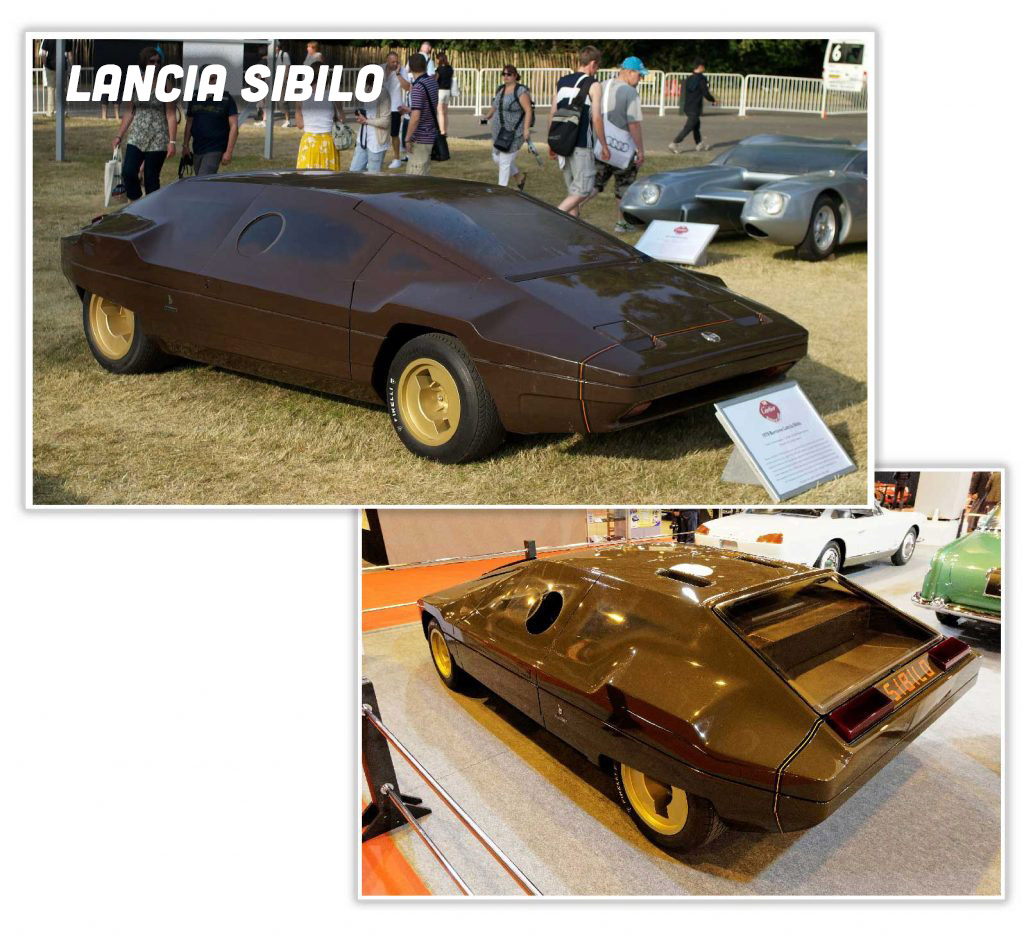









The concept, kind of looked almost Lotus like to me.
And I wish Nissan well.
Very nice. I like the Pulsar-type original taillights, but what you did here fits the car better, and goes with the engine intake vents below the rear glass. Question: what year did Firebirds get taillights that looked like this?
While your design is more funcional, I like the way the original steering wheel buttons with the diagonal squared S shape look like they are referencing the car’s odd rear glass profile. Maybe that could be kept while making them a bit easier to operate?
And a small point, related to yesterday’s discussion of door hinging: a set of side by side doors with two hinges at the outside that open at the center are french doors. Dutch doors are a pair, but look like a single door with a horizontal split halfway up, making it into an upper door and a lower door with a common hinge line and a common opening direction. Generally used to enable having the upper open and the lower still closed. Like on a horse barn, or an old fashioned ticket office.
If the NX-21 would have made it into production, Joe Isuzu would have taken pot shots at it in their advertisements.
Looks very similar to the Citroën CX, which was an actual moving, mass production vehicle at about that time.
The big Citroën has rounded corners, (of course), but had a funky steering wheel and speedometer.
Did not have silly doors, but had the wonderful floating gas sphere comfort, aided by really soft armchair seats.
Motors were the usual agricultural petrol or diesel from Citroëns of the time, but I am sure they would have put a jet engine in there if they could without setting the car behind on fire…
We could have had a world where people whose credit is not good enough for Stellantis dealerships drive around in retrofuturistic mid-engine wedge cars with gullwing doors.
We could have had a world where Altima drivers, notoriously the worst drivers on earth, who cannot even handle front engine, FWD cars, instead drive mid-engine, RWD cars.
But you screwed that all up Nissan, you let that future escape you like a CEO in a musical instrument box.
I somewhat kid Nissan, I had a 5MT 240SX and 6MT G35 sedan. But they don’t make anything I would buy now.
“The NX-21 was mid-engined with a powerplant fancifully described as being a “ceramic gas turbine that could run on gasoline, diesel, alcohol, or kerosene” capable of generating a claimed 100 horsepower. What? It’s far more likely the NX-21 had no engine – and I must say, if you have a nonexistent fabrication of a motor in a show car, why not just say that it has like 1000, 2000 horsepower?“
That’s an accurate description of a series of research engines that NASA commissioned in the 80s
https://ntrs.nasa.gov/citations/19840040091
And
https://asmedigitalcollection.asme.org/GT/proceedings/GT1986/79290/V002T04A004/234693
Prior to that Nissan had developed a series of gas turbine engines, but the AGT was the new hotness at the time, as it was deemed to be efficient enough to be practical.
Thanks for this Bishop… I’d never seen/heard of the NX-21, or any of those. It ain’t exactly pretty, but I feel strangely attracted to that Bertone/Alfa Sportut… it might be the wheels?
Among unrealized Nissan concepts, it might be worth mentioning the 2013 Nissan concept IDx… purportedly an homage to the Datsun 510 (which I’ve always been fond of, at least lookswise). Though some of the details are concept car frippery and a bit on the inelegant side, the basic, semiboxy coupe shape is nice, and might have provided some interest for the brand, though by the early teens the shift to SUV/crossover everything was well underway, so maybe not.
Wiki on the IDx with a few pix if anyone’s curious: https://en.wikipedia.org/wiki/Nissan_IDx
Sportut was actually right on the money when you consider that it came out in 1997!
Wait, Nissan had the ball on a tee and managed to strike out?
I am shocked. This is unbelievable.
When an unarmed man takes a firearms safety course to buy a firearm for the purpose of intentionally shooting himself in the foot, I don’t feel bad for him. Nissan has gone to great effort to become a punchline.
I would have this 100 times more than the Jaguar brutalist thing.
Wow that thing is cool AF! Awesome article!
Thanks! I can’t believe that I didn’t know this show car existed.
I’m such a sucker for a good wedge
I have to ask, at what point did the “cyber wedge” design philosophy officially die within the industry?
Because just about every major automaker seemed to think it was the future (See the Ford Probe concepts that peppered Back to the Future Part II).
Was it the bubbly 3rd gen Ford Taurus that did it?
The EPA’s SUV loophole perhaps?
Is there some safety thing that keeps cars from looking like this now? ’Cuz if the Cybertruck can exist, so can this thing.
Lucid could have easily made the Air look like this. Yet it’s all round! Why?!
I think one factor is whenever the pedestrian safety related reg came in that required higher noses, to reduce broken legs. The result though has been fewer broken legs and more lumbar, cervical and skull injuries, as I understand it.
The pedestrian safety regulations didn’t come out until the mid-2000s in the EU, long after cars had gone to rounder, more aerodynamic shapes.
The wedge shape was pretty much dead by the 1990s. The wedge concepts of the 1970s resulted in the angular styling of the late 70s and much of the 1980s. But the 1980s concepts had gone to rounder, more aerodynamic shapes that started appearing in production cars by the late 80s. The first Ford Taurus really led that styling transition.
Enjoy the all new nx-21 with Johnny Cab! The Official Taxi of Rekall!
“Essentially, SIMTAC is half a dozen or so Fisher-Price-sized buttons that perform several dozen tasks (85 percent of which you rarely use, if ever). Why can’t things be this frigging simple?”
You guys trashed VW for doing this with a couple window switches – but it’s suddenly a great idea for entire sets of audio and climate controls?
Just no.
I guess that disproves the “The Bishop is Jason” theory.
Yes, good. That worked! They’re convinced he’s a different person now. Hot pickles!
I think it can make more sense to have several “pages” of control functions in a situation like this when there two main pages with direct access buttons, and the rest of the functions are rarely used. It isn’t equivalent the the VW window switches, where you should have constant instant access to your four window functions, but instead it requires swapping “pages” just open the rear windows every dang time you enter your car in a hot parking lot, and swithching pages to close them all up. Every time.
That’s what I was getting at. Radio volume, station memory, I get it. How often do you adjust bass and treble? Or fine tune the climate control? Rarely
Man, that MK1 MID4 is tasty.
I remember when that concept came out. I was 13 and I still love it now too.
This was a stunning, elegant design, from an era when the world was still optimistic about the future and hadn’t succumbed to the idea of an inevitable dystopian fate.
Why does the battery pack in your x-ray drawing look like a chopped Mk 1 Fiat Panda or an Austin Metro though?
Oh, I see that now. Actually that’s the master cylinder sticking out behind the battery, but a chopped Austin Metro sounds like a dope idea.
Is that the next Autopian project car after the Jeep in a box? Better get Adrian on the hunt for one starting now.
I don’t think he’ll fit if you chop the roof. Unless his head sticks out of the sunroof.
He only needs to get it on the boat to Baltimore for Mercedes to pick up with a press-loaner one ton and deliver to SWG’s Evil Wrenching Lair to get it running to the standard to put a North Carolina plate on it. Then Jason can drive it across the country to Galpin and its’ date with a Sawzall. After which time only Jason’ll be able to drive it.
And yet this design would be right at home in Robocop or Cyberpunk 2077.